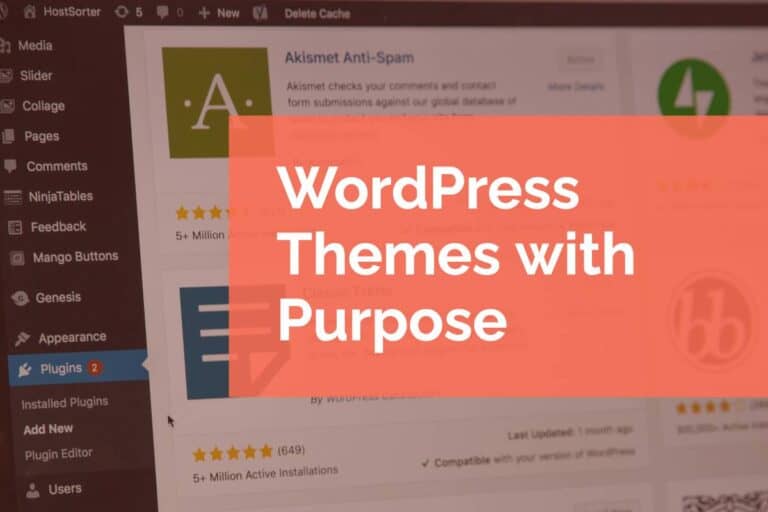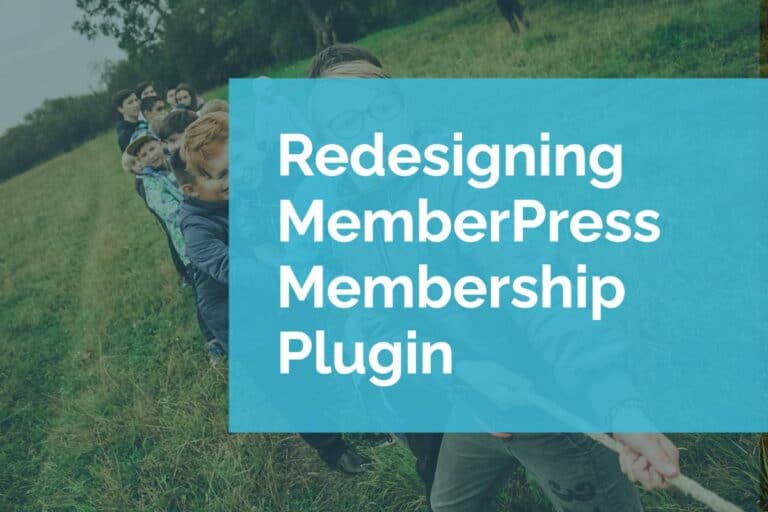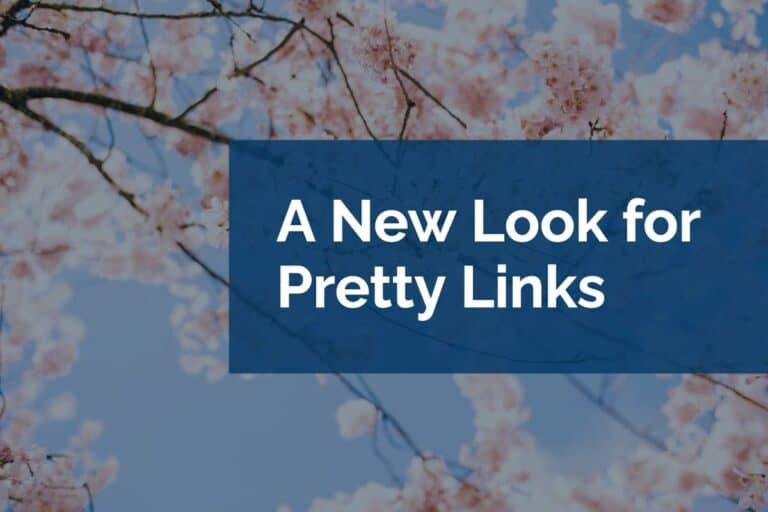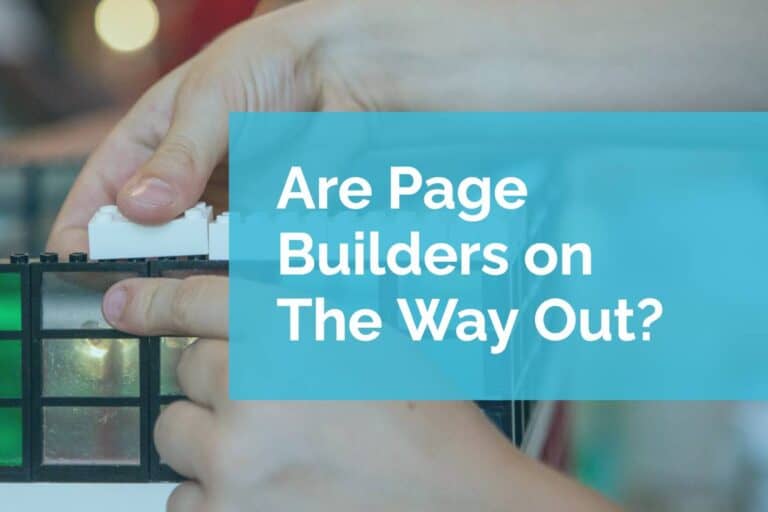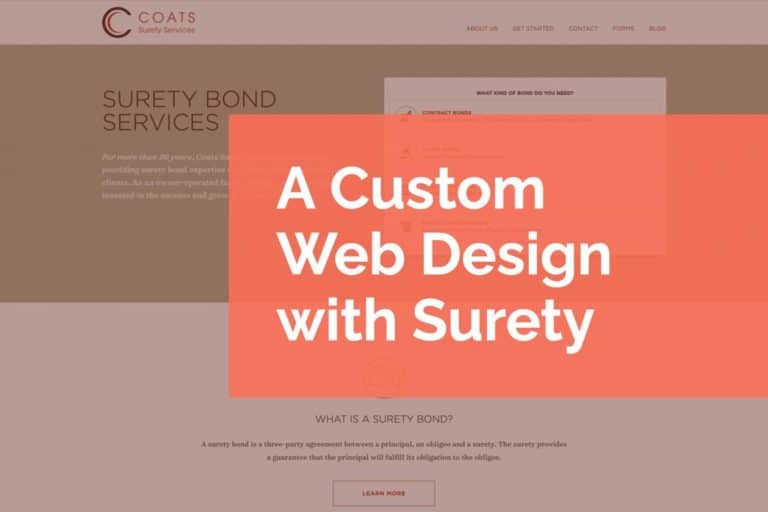Full Site Editing Comes to WordPress
WordPress users have seen a lot of changes over the years and the WordPress 6.0 release is no exception. One of the key changes being name dropped like a Kardashian is full site editing. But just what is full site editing and how does it impact WordPress?
What is Full Site Editing?
When WordPress 5.0 was released back in 2018, a new editing experience was introduced via a feature plugin, code-named Gutenberg. Gutenberg replaced the traditional What-You-See-Is-What-You-Get (WYSIWYG) toolbar editing experience for posts, pages, and custom post types with a block-based editor. We wrote about the change if you’re still not familiar with the experience.
Full site editing takes the block paradigm even further. Now you’re able to utilize blocks in areas of your site that aren’t just contained to your content areas. Areas like the header, footer, and sidebars can now leverage the power of blocks. It goes beyond just the visual location though. If you’re familiar with WordPress’ underlying template hierarchy you can now leverage blocks to build most of these templates.
This allows for some amazing new possibilities. It gives non-developers access to some capabilities that previously would have required a developer or some custom code (either in a theme or plugin) to achieve.
How Can You Use Full Site Editing?
The answer to this question, like many in the WordPress environment is – it depends. The type of WordPress user that you are really impacts this answer. Full site editing is a new arrival. There are a lot of features that will be quickly changing over the next few WordPress releases.
Because we’re an agency we take the cautious approach to new technology. We like to let things settle before we commit to a new process. However, we’re excited by the new feature and looking ahead at how our process is likely to change. If you’re specifically a theme developer then you’re going to want to immerse deeply into what it means to build a theme with these capabilities.
If you’re an end user of WordPress the answer can be a little more difficult. Maybe you already have a site and that site is performing a key role for your business. In this case we recommend keeping WordPress up to date and sticking with the process you know. If you’re adventurous or just getting started with your site then we’d probably recommend taking the plunge. Dive in with the new process. The current WordPress theme release, Twenty Twenty-Two, shows off many of the new features of full site development and is a great starting point.
Be aware, most themes available either commercially or as free downloads won’t have been built with full site editing features in place. However, we do expect to see a proliferation of new themes in the coming months.
Why Should You Care About Full Site Editing?
The goal of full site editing is to keep WordPress moving towards an easier experience. Easier to build, easier to change, and even easier to develop. This isn’t completely altruistic as WordPress wants to compete with tools like Squarespace, Wix, and Shopify. These platforms provide “easy to build” solutions. And because they focus on one platform, they’ve been making gains in the easy category. In recent years, page builder products have made building easier. They have tried to bridge the gap in the WordPress space and create drag-and-drop editing experiences for users. Full site editing will likely change that landscape and should provide a lot of these simplifications in core WordPress.
The current cycle of change, started back in WordPress 5.0, has an underlying goal. WordPress as a whole is moving from a monolithic approach to an object oriented approach. These first steps, Gutenberg and full site editing, are isolated to the visual presentation of the site, the theme and front end. The next phase, which was always the end goal, is to continue this approach into the code of the site.
Ultimately, sites that can be easily built and edited with a plugin structure will be more modular than ever. Higher end features like headless WordPress should become easier to implement and site speed overall could improve dramatically. If you want to start leveraging new features of WordPress feel free to reach out to Pixel Jar.
